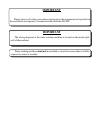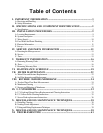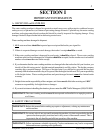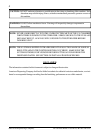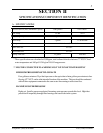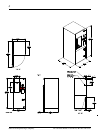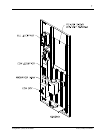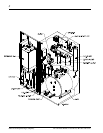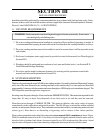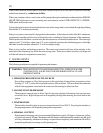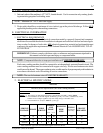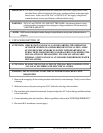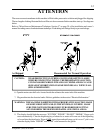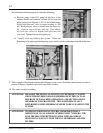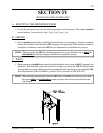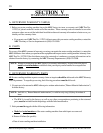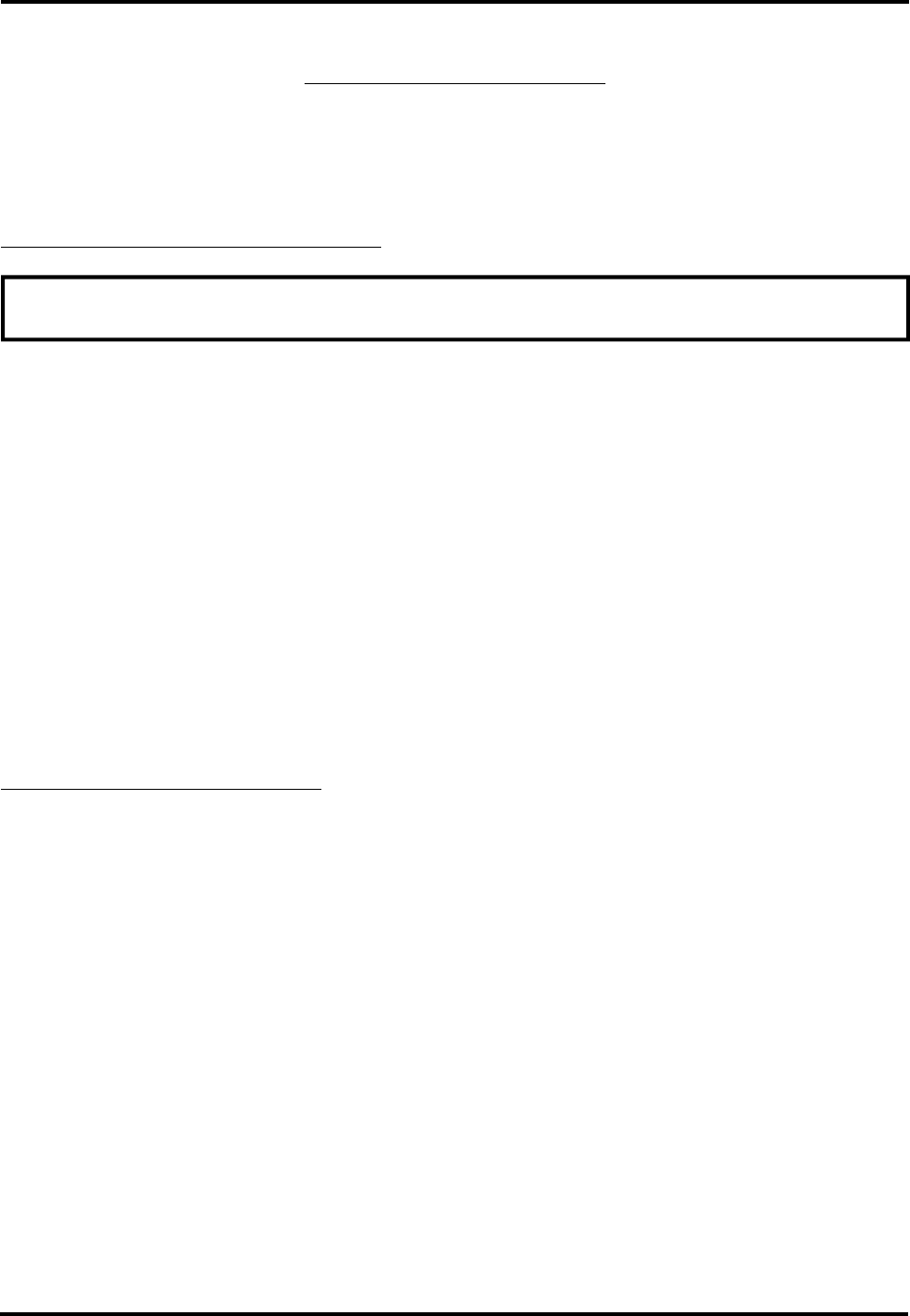
9
Telephone: (508) 678-9000
Fax: (508) 678-9447
SECTION III
INSTALLATION PROCEDURES
Installation should be performed by competent technicians in accordance with local and state codes. In the
absence of these codes, the installation must conform to applicable American National Standards; National
Electric Code ANSI/NFPA NO. 70 - LATEST EDITION.
A. LOCATION REQUIREMENTS
WARNING: Feed water must come from inspected, approved water system only. Source must
microbiologically safe drinking water.
1. The water vending machine must be installed on a sound level floor capable of supporting its weight. It
is recommended that carpeting be removed from the floor that the water vending machine is to rest on.
2. The water vending machine must not be installed or stored in an area where it will be exposed to water
and weather.
3. Provisions for adequate water supply must be provided as noted in this manual (see Water Supply in
Section III C.)
4. Plumbing should be performed in accordance to local, state and federal codes. (see Section III D.
Feed Water and Drainage Plumbing).
5. Provisions must be made for adequate clearances for servicing and for operation as noted in this
manual (see Enclosure Requirements in Section II A).
B. SYSTEM DESCRIPTION
Thank you for purchasing the model AD-840 water vending machine. It is made by American Dispensing Company
and is one of the most advanced water vending machines on the market today. It is microprocessor-based and
programmable. It interacts with the customer and owner through two LED displays and a membrane keypad. The
AD-840 purifies water through a five-step process:
Incoming water first passes through a 10 micron absolute SEDIMENT FILTER. This means that suspended solids
larger than .01 mm (or about forty-thousands of one inch) such as slit and fine sand are removed.
Water then passes through a CARBON FILTER. This removes chlorine, odor and a variety of organic
contaminants, such as chloroform and pesticide residue. The AD-840 uses a carbon filter with an extruded
carbon core and an inner filtration wrap. This combination ensures that, unlike a conventional granular activated
carbon (g.a.c.) filter, there is no channeling or bypassing, and no release of fine carbon particles.
Water is then pumped through a thin film composite reverse osmosis (R.O.) membrane at about 160 psi.
The R.O. membrane removes over 90 % of a variety of salts and inorganic materials found in water, such as
dissolved salts of sodium, lead, nitrate; it removes typically over 99% of radioactivity, like radon. Actual
rejection rate will depend on feed water chemistry, temperature and its total dissolved solid content.



